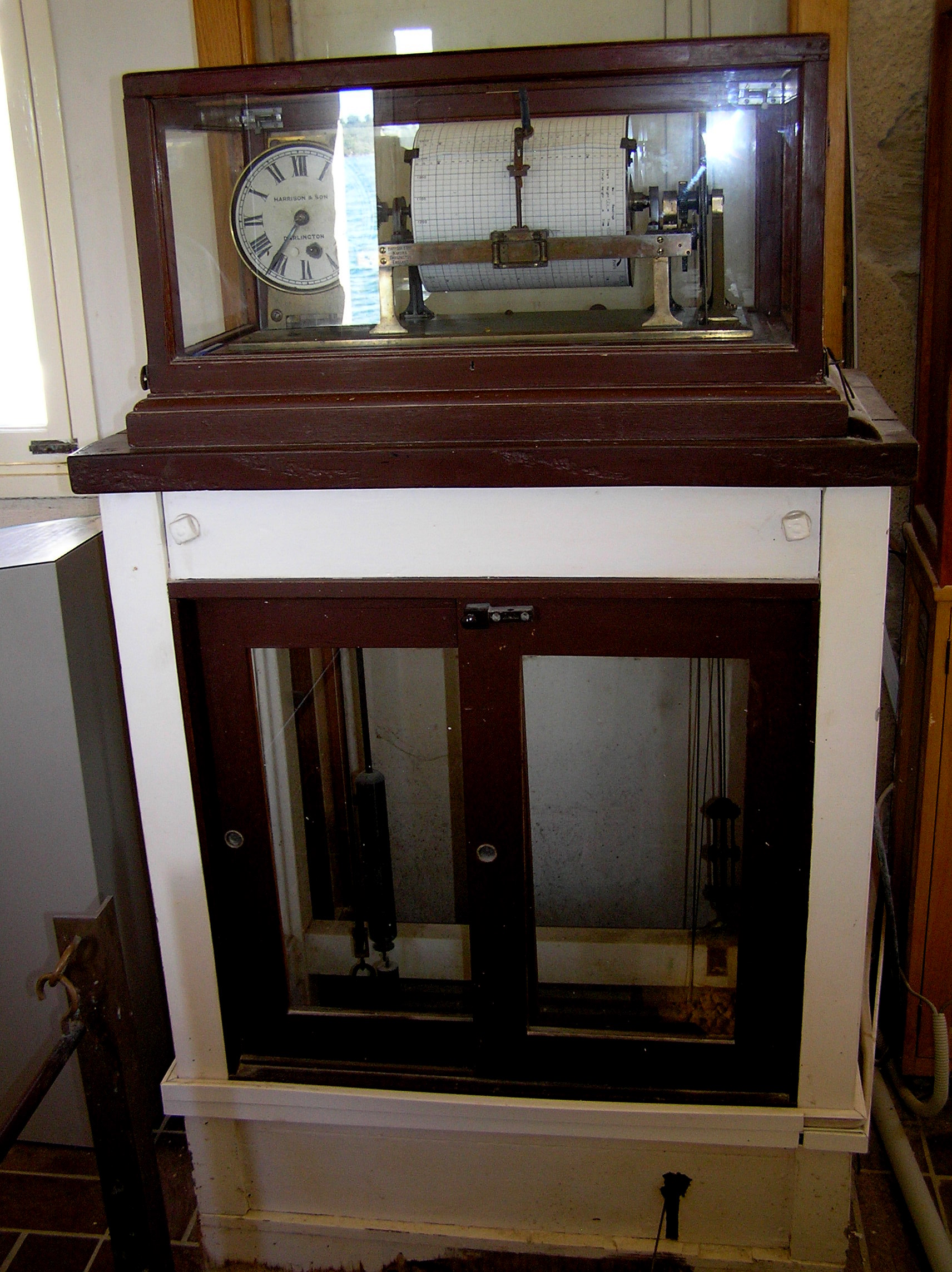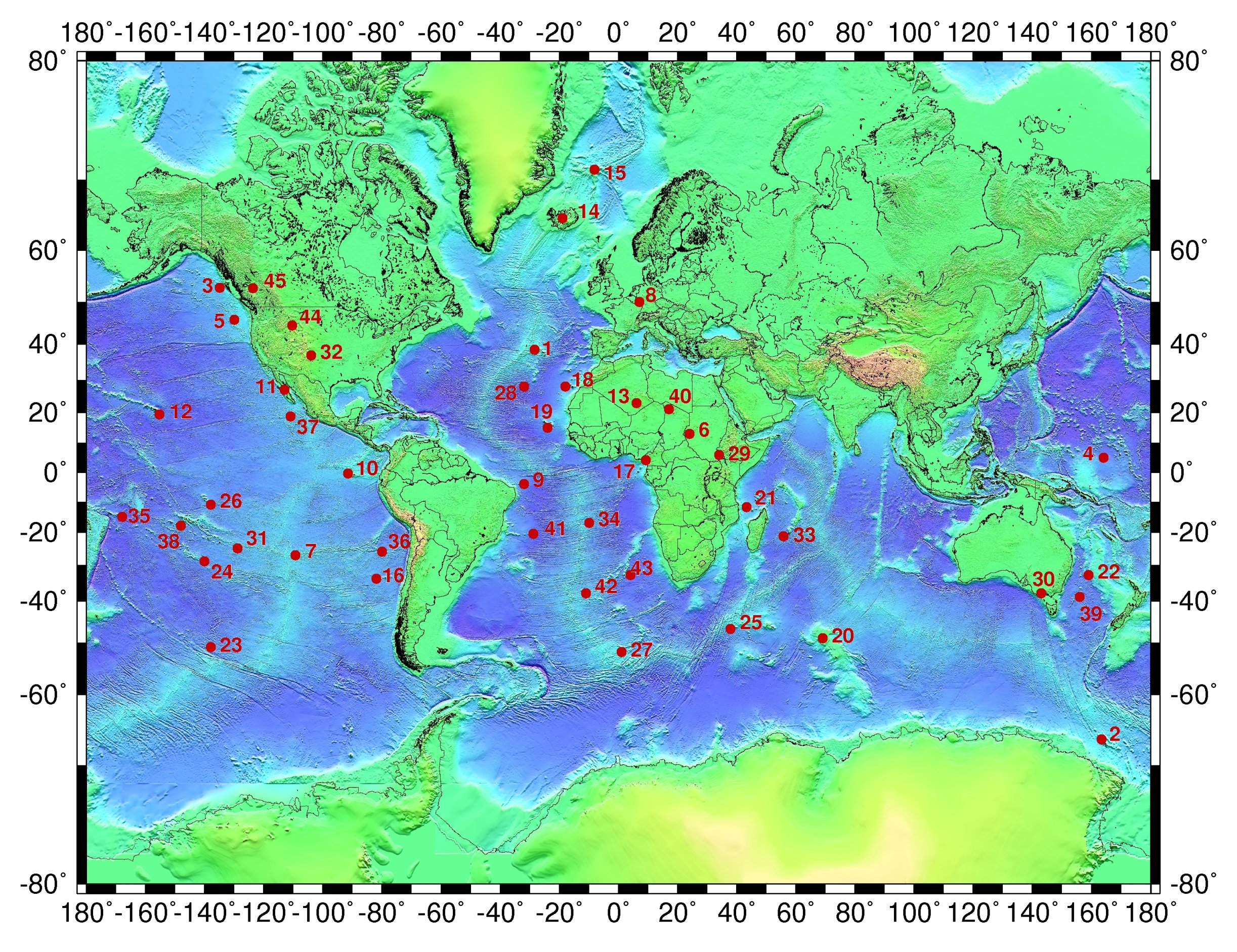|
Mer Island
Mer Island (also known as Murray Island or Maer Island) is a locality and island in Murray Island Group of the Torres Strait Island Region, Queensland, Australia. In the , Mer Island had a population of 406 people. The town is on the island's northwest coast. The island is of volcanic origin, the most easterly inhabited island of the Torres Strait Islands archipelago, just north of the Great Barrier Reef. The name ''Meer/Mer/Maer'' comes from the native Meriam language. The island is populated by the Melanesian Meriam people. There are eight tribes on Mer: Komet, Zagareb, Meuram, Magaram, Geuram, Peibri, Meriam-Samsep, Piadram/Dauer. The island's organisation is based on traditional laws of boundary and ownership. Geography Murray Island, in the eastern section of Torres Strait, is a basaltic island formed from an extinct volcano, last active over a million years ago. It formed when the Indo-Australian Plate slid over the East Australia hotspot. The island rises to a plateau ... [...More Info...] [...Related Items...] OR: [Wikipedia] [Google] [Baidu] |
AEST
Australia uses three main time zones: Australian Eastern Standard Time (AEST; UTC+10:00), Australian Central Standard Time (ACST; UTC+09:30) and Australian Western Standard Time (AWST; UTC+08:00). Time is regulated by the individual states and territories of Australia, state governments, some of which observe daylight saving time (DST). Daylight saving time (+1 hour) is used between the first Sunday in October and the first Sunday in April in jurisdictions in the south and south-east: * New South Wales, Victoria, Australia, Victoria, Tasmania, Jervis Bay Territory and the Australian Capital Territory switches to the Australian Eastern Daylight Saving Time (AEDT; UTC+11:00), and * South Australia switches to the Australian Central Daylight Saving Time (ACDT; UTC+10:30). Standard time was introduced in the 1890s when all of the Australian colonies adopted it. Before the switch to standard time zones, each local city or town was free to determine its local time, called local mea ... [...More Info...] [...Related Items...] OR: [Wikipedia] [Google] [Baidu] |
Melanesians
Melanesians are the predominant and Indigenous peoples of Oceania, indigenous inhabitants of Melanesia, in an area stretching from New Guinea to the Fiji Islands. Most speak one of the many languages of the Austronesian languages, Austronesian language family (especially ones in the Oceanic languages, Oceanic branch) or one of the many unrelated families of Papuan languages. There are several creoles of the region, such as Tok Pisin, Hiri Motu, Pijin language, Solomon Islands Pijin, Bislama, and Papuan Malay. Origin and genetics The origin of Melanesians is generally associated with the first settlement of Australasia by a lineage dubbed 'Australasians' or 'Australo-Papuans' during the Initial Upper Paleolithic, which is "ascribed to a population movement with uniform genetic features and material culture" (Ancient East Eurasians), and sharing deep ancestry with modern East Asian people, East Asian peoples and other Asia-Pacific groups. It is estimated that people reached Austral ... [...More Info...] [...Related Items...] OR: [Wikipedia] [Google] [Baidu] |
Indian Ocean
The Indian Ocean is the third-largest of the world's five oceanic divisions, covering or approximately 20% of the water area of Earth#Surface, Earth's surface. It is bounded by Asia to the north, Africa to the west and Australia (continent), Australia to the east. To the south it is bounded by the Southern Ocean or Antarctica, depending on the definition in use. The Indian Ocean has large marginal or regional seas, including the Andaman Sea, the Arabian Sea, the Bay of Bengal, and the Laccadive Sea. Geologically, the Indian Ocean is the youngest of the oceans, and it has distinct features such as narrow continental shelf, continental shelves. Its average depth is 3,741 m. It is the warmest ocean, with a significant impact on global climate due to its interaction with the atmosphere. Its waters are affected by the Indian Ocean Walker circulation, resulting in unique oceanic currents and upwelling patterns. The Indian Ocean is ecologically diverse, with important ecosystems such ... [...More Info...] [...Related Items...] OR: [Wikipedia] [Google] [Baidu] |
Austronesian Peoples
The Austronesian people, sometimes referred to as Austronesian-speaking peoples, are a large group of peoples who have settled in Taiwan, maritime Southeast Asia, parts of mainland Southeast Asia, Micronesia, coastal New Guinea, Island Melanesia, Polynesia, and Madagascar that speak Austronesian languages. They also include indigenous ethnic minorities in Vietnam, Cambodia, Myanmar, Thailand, Hainan, the Comoros, and the Torres Strait Islands. The nations and territories predominantly populated by Austronesian-speaking peoples are sometimes known collectively as Austronesia. The group originated from a prehistoric seaborne migration, known as the Austronesian expansion, from Taiwan, circa 3000 to 1500 BCE. Austronesians reached the Batanes Islands in the northernmost Philippines by around 2200 BCE. They used sails some time before 2000 BCE. In conjunction with their use of other maritime technologies (notably catamarans, outrigger boats, lashed-lug boats, and the crab ... [...More Info...] [...Related Items...] OR: [Wikipedia] [Google] [Baidu] |
Papuan Peoples
The indigenous peoples of Western New Guinea in Indonesia and Papua New Guinea, commonly called Papuans, are Melanesians. There is genetic evidence for two major historical lineages in New Guinea and neighboring islands: a first wave from the Malay Archipelago perhaps 50,000 years ago when New Guinea and Australia were a single landmass called Sahuland, much later, a wave of Austronesian people from the north who introduced Austronesian languages and pigs about 3,500 years ago. They also left a small but significant genetic trace in many coastal Papuan peoples. Linguistically, Papuans speak languages from the many families of non-Austronesian languages that are found only on New Guinea and neighboring islands, as well as Austronesian languages along parts of the coast, and recently developed creoles such as Tok Pisin, Hiri Motu, Unserdeutsch, and Papuan Malay. The term "Papuan" is used in a wider sense in linguistics and anthropology. In linguistics, "Papuan languages" is a cov ... [...More Info...] [...Related Items...] OR: [Wikipedia] [Google] [Baidu] |
Waier Island
Waua Islet is an island locality in the Torres Strait Island Region, Queensland, Australia. It consists of a single island, also called Waua Islet (also known as Wyer Island and Waier Island), one of the Murray Islands Murray Islands is a group of small islands southeast of Cape Whitson, off the south coast of Laurie Island in the South Orkney Islands. Discovered in 1823 by Matthew Brisbane, who explored the south coast of Laurie Island under the direction o .... In the , Waua Islet had "no people or a very low population". Demographics In the , Waua Islet had "no people or a very low population". References {{Torres Strait Island Region Torres Strait Island Region Localities in Queensland ... [...More Info...] [...Related Items...] OR: [Wikipedia] [Google] [Baidu] |
Daua Island
Dowar Islet is an island locality in the Torres Strait Island Region, Queensland, Australia. It consists of a single island, Daua Island (also known as Dowar Island) which is one of the Murray Islands group in the Torres Strait. In the , Dowar Islet had "no people or a very low population". Dowar Islet's postcode is 4875. Geography There are a few buildings on the island, but it is not developed. History The island was declared a locality on 2 July 2010. Demographics In the , Dowar Islet had "no people or a very low population". In the , Dowar Islet had "no people or a very low population". See also * List of Torres Strait Islands The Torres Strait Islands are a group of at least 274 small islands in the Torres Strait between Queensland, Australia and Papua New Guinea. This is a list of the named islands and island groups in the Torres Strait. In addition there are u ... References {{Torres Strait Island Region Torres Strait Island Region Localities i ... [...More Info...] [...Related Items...] OR: [Wikipedia] [Google] [Baidu] |
Murray Islands (Queensland)
Murray Islands are an island group in the Torres Strait, Queensland, Australia. The group consists of Murray Island (known traditionally as Mer Island), Daua Island and Waua Islet. The islands are within the Torres Strait Island Region local government area. History The Island group was named in August 1791 by Captain Edward Edwards, commander of the Royal Navy vessel . See also * List of Torres Strait Islands The Torres Strait Islands are a group of at least 274 small islands in the Torres Strait between Queensland, Australia and Papua New Guinea. This is a list of the named islands and island groups in the Torres Strait. In addition there are u ... References {{coord, 9, 56, 00, S, 144, 02, 33, E, type:isle_region:AU-QLD, display=title Torres Strait Islands Torres Strait Island Region ... [...More Info...] [...Related Items...] OR: [Wikipedia] [Google] [Baidu] |
Australian Height Datum
The Australian Height Datum was introduced in 1971 as the official vertical datum for Australia, and thereby serves as the Benchmark (surveying), benchmark to which all height measurements are referred. The Australian Height Datum is an amalgamation of decades of spirit levelling work conducted by numerous state and territory authorities across the country, and was corrected to align with the Mean sea-level, mean sea level observations of thirty tide gauges positioned around the entire coastline. While it remains the published vertical datum for all surveying and engineering operations performed throughout Australia, newer technologies have uncovered numerous deficiencies, offsets and distortions within the Australian Height Datum, leading to discussions about defining a new Australian vertical datum. Background The National Mapping Council (pre-1945) Prior to the creation of the Australian Height Datum, Levelling, levelling surveys were carried out by professional surveyor ... [...More Info...] [...Related Items...] OR: [Wikipedia] [Google] [Baidu] |
East Australia Hotspot
The East Australia hotspot (which is now believed by some scientists to represent multiple hotspots including a southwestern Cosgrove hotspot) is a volcanic province in southeast Australia which includes the Peak Range in central Queensland, the Main Range on the Queensland-New South Wales border, Tweed Volcano in New South Wales, and the Newer Volcanics Province (NVP) in Victoria and South Australia. A number of the volcanoes in the province have erupted since Aboriginal settlement (46,000 BP). The most recent eruptions were about 5,600 years ago, and memories of them survive in Aboriginal folklore. These eruptions formed the volcanoes Mount Schank and Mount Gambier in the NVP. There have been no eruptions on the Australian mainland since European settlement. Unlike most hotspots, the East Australia hotspot has had explosive eruptions similar to the runny lava flows of the Hawaii hotspot, the Iceland hotspot and the Réunion hotspot. The hotspot is thought to be explosive ... [...More Info...] [...Related Items...] OR: [Wikipedia] [Google] [Baidu] |
Extinct Volcano
A volcano is commonly defined as a vent or fissure in the Crust (geology), crust of a planetary-mass object, such as Earth, that allows hot lava, volcanic ash, and volcanic gas, gases to escape from a magma chamber below the surface. On Earth, volcanoes are most often found where list of tectonic plates, tectonic plates are divergent boundary, diverging or convergent boundary, converging, and because most of Earth's plate boundaries are underwater, most volcanoes are found underwater. For example, a mid-ocean ridge, such as the Mid-Atlantic Ridge, has volcanoes caused by divergent tectonic plates whereas the Pacific Ring of Fire has volcanoes caused by convergent tectonic plates. Volcanoes resulting from divergent tectonic activity are usually non-explosive whereas those resulting from convergent tectonic activity cause violent eruptions."Mid-ocean ridge tectonics, volcanism and geomorphology." Geology 26, no. 455 (2001): 458. https://macdonald.faculty.geol.ucsb.edu/papers/Macd ... [...More Info...] [...Related Items...] OR: [Wikipedia] [Google] [Baidu] |






